For runners, strength training is as crucial as logging miles. Among the plethora of exercises available, Nordic curls stand out, particularly for their effectiveness in hamstring development and injury prevention. This blog delves into the multifaceted benefits of Nordic curls, explaining why they are indispensable for runners.
1. Enhanced Hamstring Strength and Balance
The Role of Hamstrings in Running: Hamstring strength is paramount for runners, as these muscles play a critical role in knee flexion and hip extension—two fundamental aspects of the running stride. Nordic curls, or Nordic hamstring curls, specifically target the biceps femoris, a major muscle of the hamstring group. They provide a focused workout that other leg exercises like squats or Romanian deadlifts may not offer.
Balancing Muscle Power: Most running-related activities, including sprinting and hill climbs, primarily engage the quadriceps. Over time, this can lead to muscle imbalances. Nordic hamstring curls help counteract this by strengthening the hamstrings, ensuring a balance between the anterior and posterior leg muscles, which is crucial for optimal performance and muscle growth.
2. Proven Reduction in Hamstring Injuries
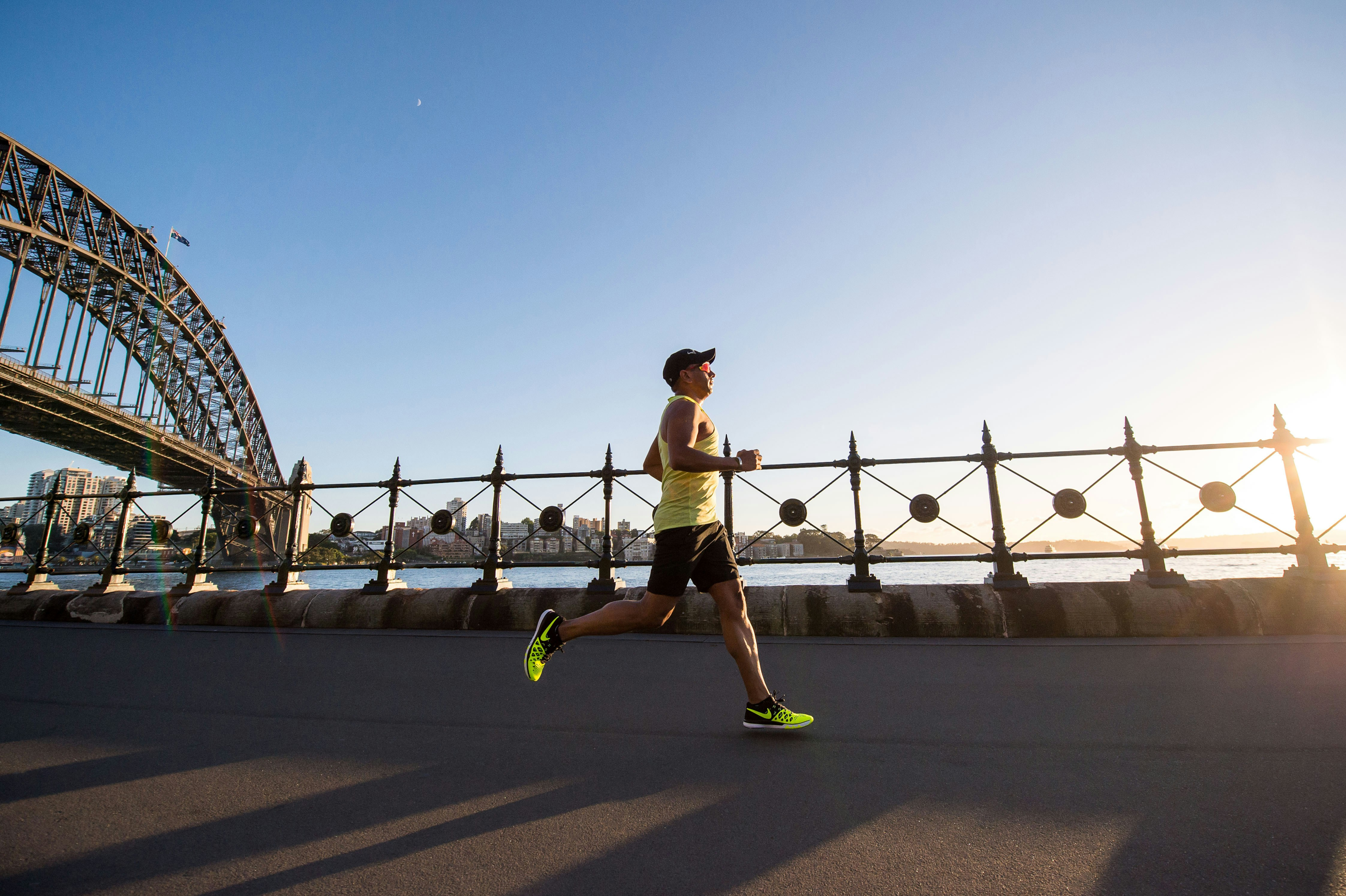
Injury Prevention:
Research has consistently shown that Nordic hamstring curls can significantly reduce the risk of hamstring injuries. These injuries are prevalent in runners and can be debilitating. By enhancing the eccentric strength of the hamstring—where the muscle elongates under tension—Nordic curls prepare the muscle to withstand the high-speed demands of running, which often involve sudden starts, stops, and direction changes.
Supporting Studies:
Studies suggest that incorporating Nordic curls in a training regimen can reduce hamstring injury rates by strengthening the muscles and increasing their length, which is crucial for both sprinting and long-distance running.
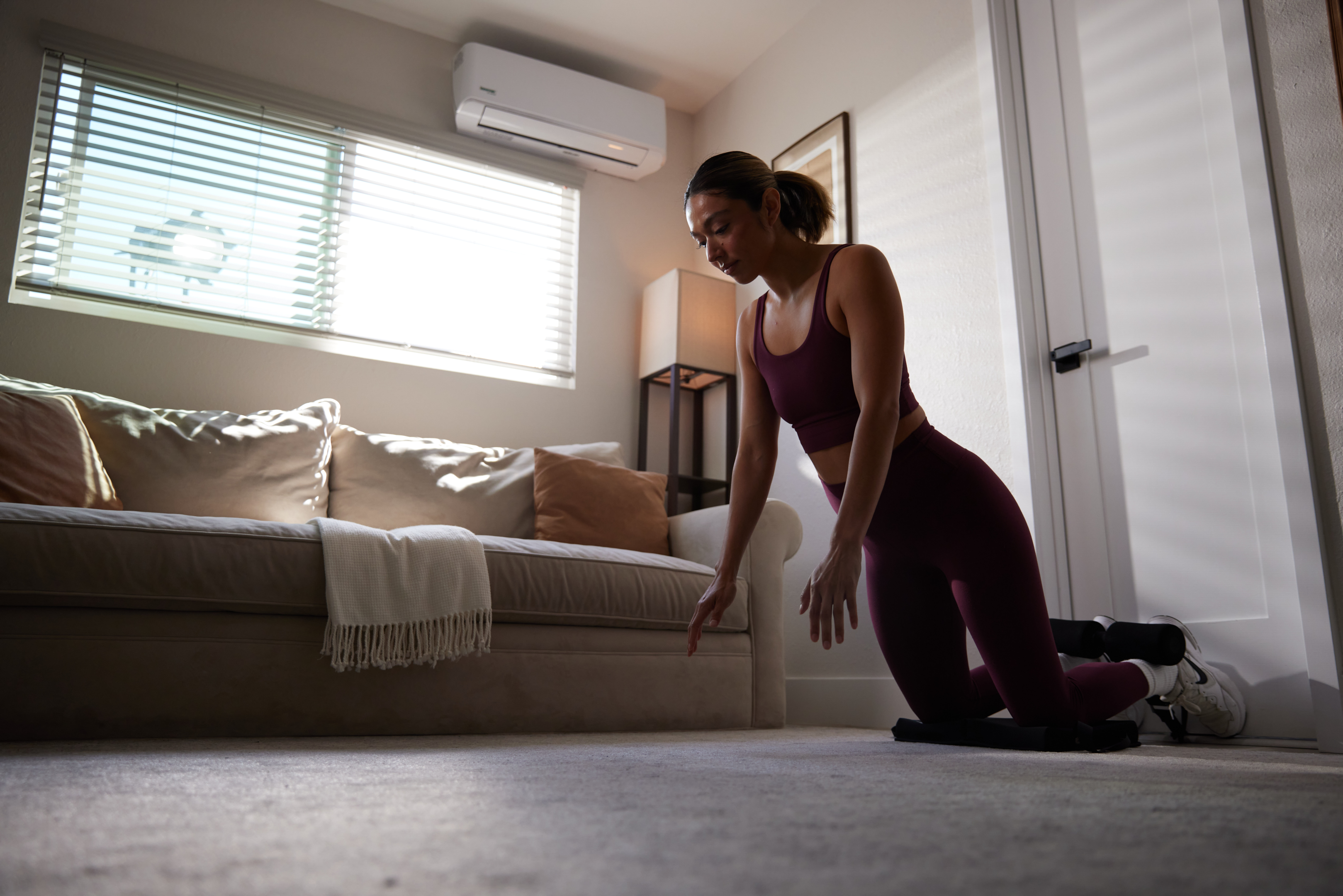
3. Improvement in Overall Running Economy through Hip Extension
Efficient Use of Energy:
Strong hamstrings contribute to a better running economy, allowing runners to use their energy more efficiently. This efficiency is particularly important in long-distance events where endurance and the ability to maintain pace play pivotal roles in performance.
Complementary to Other Exercises:
While Nordic curls focus intensely on the hamstrings, they complement other exercises aimed at developing core strength and the muscles of the lower leg, such as the calf muscles and the glutes. This comprehensive approach to lower body strength helps create a more harmonious and effective running form.
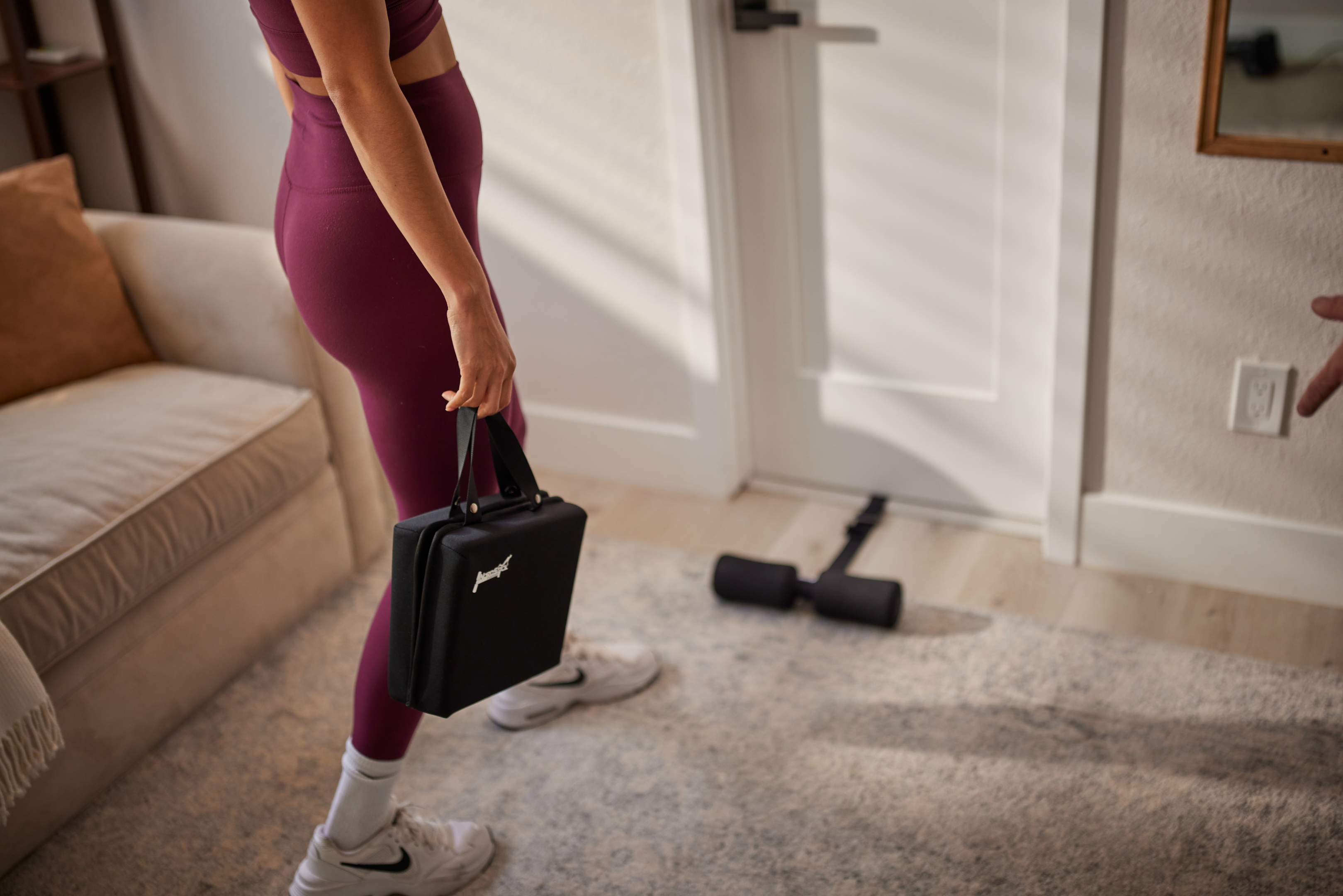
4. Accessibility and Ease of Integration into Training Routines
Simple Setup, Profound Benefits: One of the advantages of Nordic curls is their simplicity. With the Nordstick, you only need a door and a cushion to your knees, and you're on your way to bulletproofing your knees and strengthening your hamstrings.
Those who prefer to do Nordic curls in the gym require minimal equipment—a weight bench or any sturdy object to anchor the feet and a soft surface to kneel on, like a gym mat or a folded towel.
This makes them easy to integrate into any workout session, whether at a gym or home.
Variability in Intensity: Nordic hamstring curls can be adjusted for different fitness levels and equipment options. Beginners might start with partial movements or assisted variations using bands like OmniBands, while more advanced athletes might use additional weights like a weight plate to increase the challenge.
Practical Tips for Incorporation
Starting Position and Execution: To perform a Nordic hamstring curl with proper performance and safety considerations:
-
Kneel on a soft surface with your feet secured under a weight bench or similar equipment.
-
Slowly lower your torso towards the floor, using your hamstrings to control the descent.
-
Use your hands to catch yourself as you reach the floor and push back up to the starting position if you’re a beginner. Over time, try to rely less on your arms and more on your hamstrings to pull back up.
Frequency and Progression: Incorporate Nordic curls twice a week, starting with 2-3 sets of 4-6 repetitions and gradually increasing the volume as your strength improves. Monitor your progress and increase the intensity to continuously challenge your muscles.
Conclusion
Nordic curls are more than just an exercise; they are a crucial component of a runner’s training regime that promotes longevity and peak performance. By incorporating Nordic curls regularly, runners can not only expect to see improvements in their running efficiency and speed but can also enjoy a reduced risk of injury. Embrace this powerful exercise and watch as your running transforms.
For a deeper dive into how to properly perform Nordic hamstring curls and integrate them into your workout routine, check out more of our blogs, or grab your Nordstick and start getting after it!
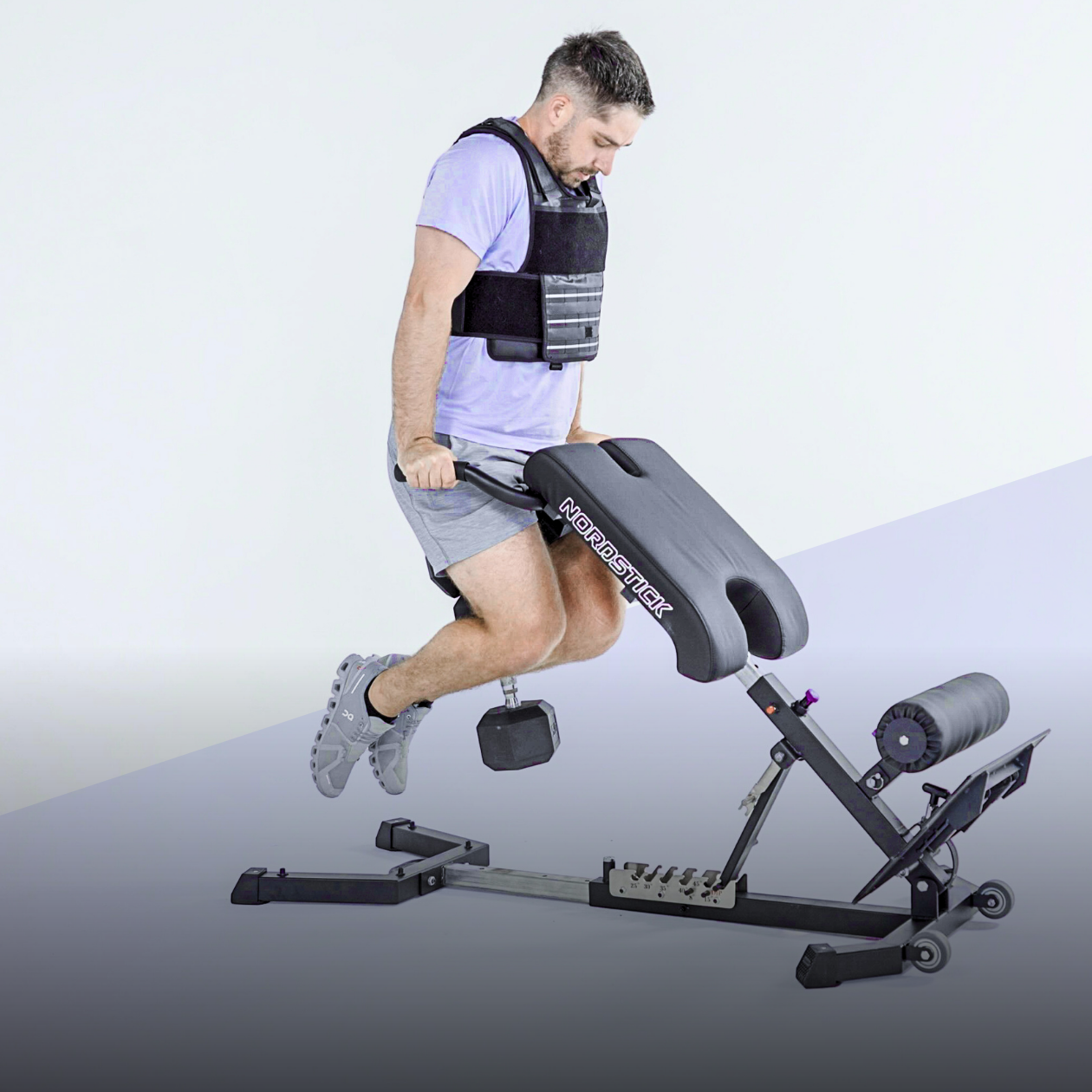
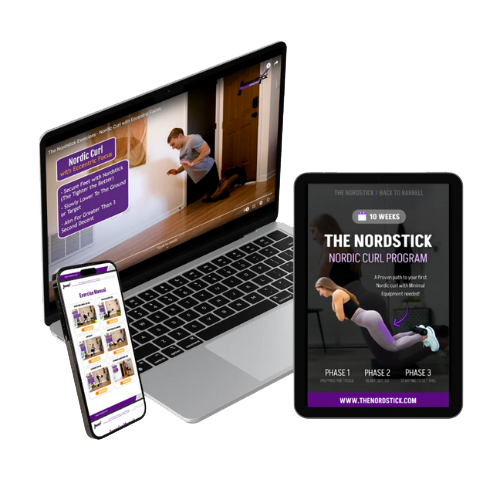
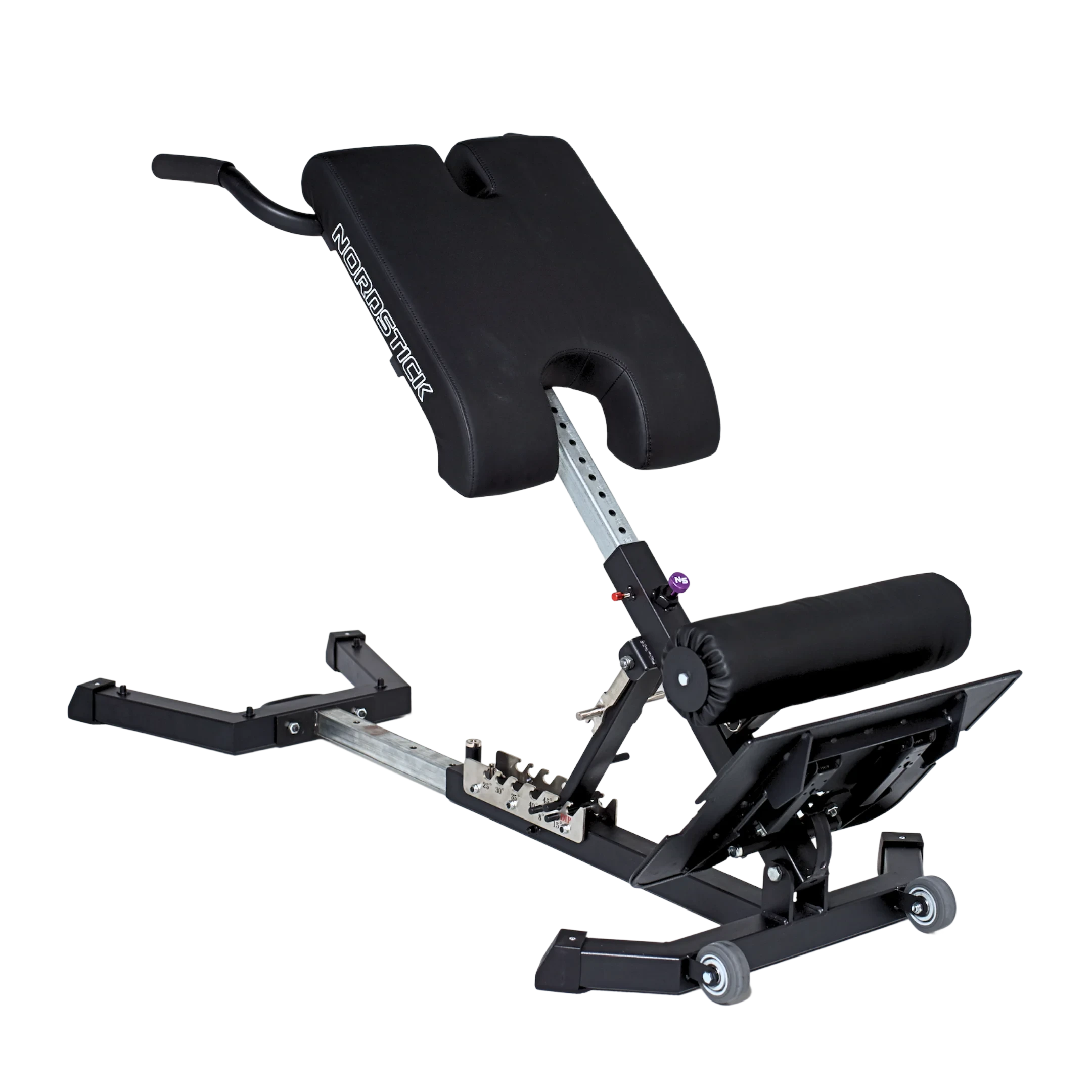
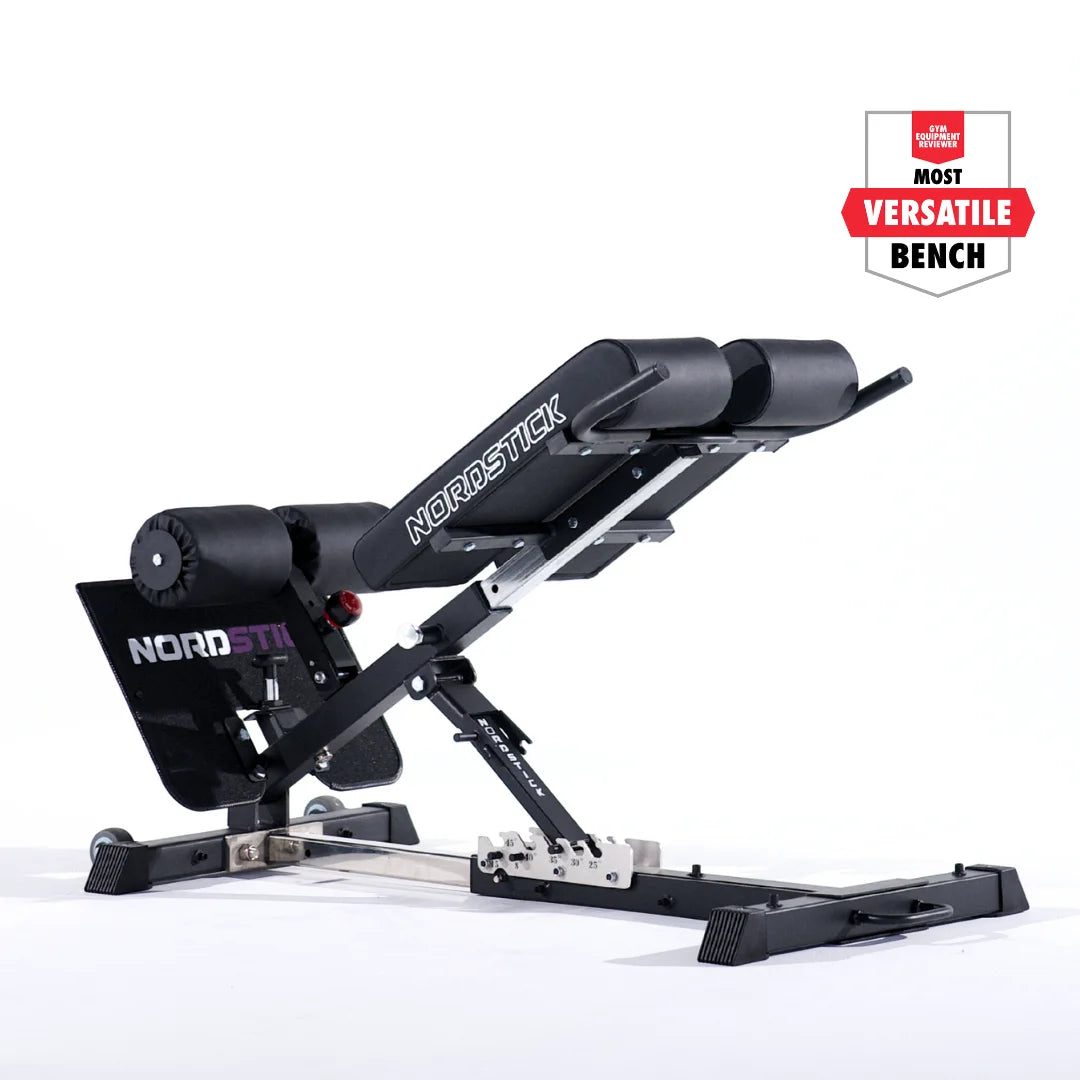





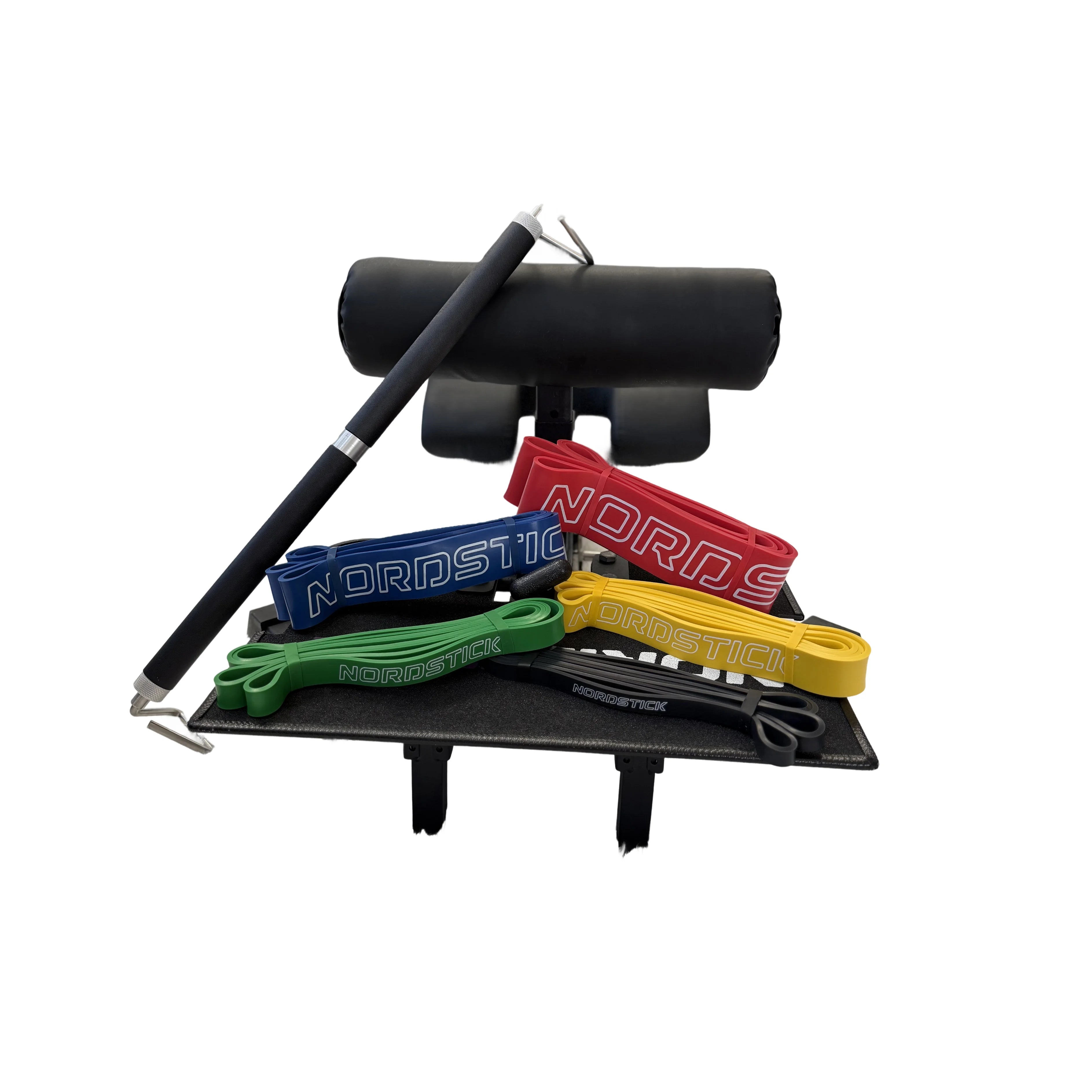

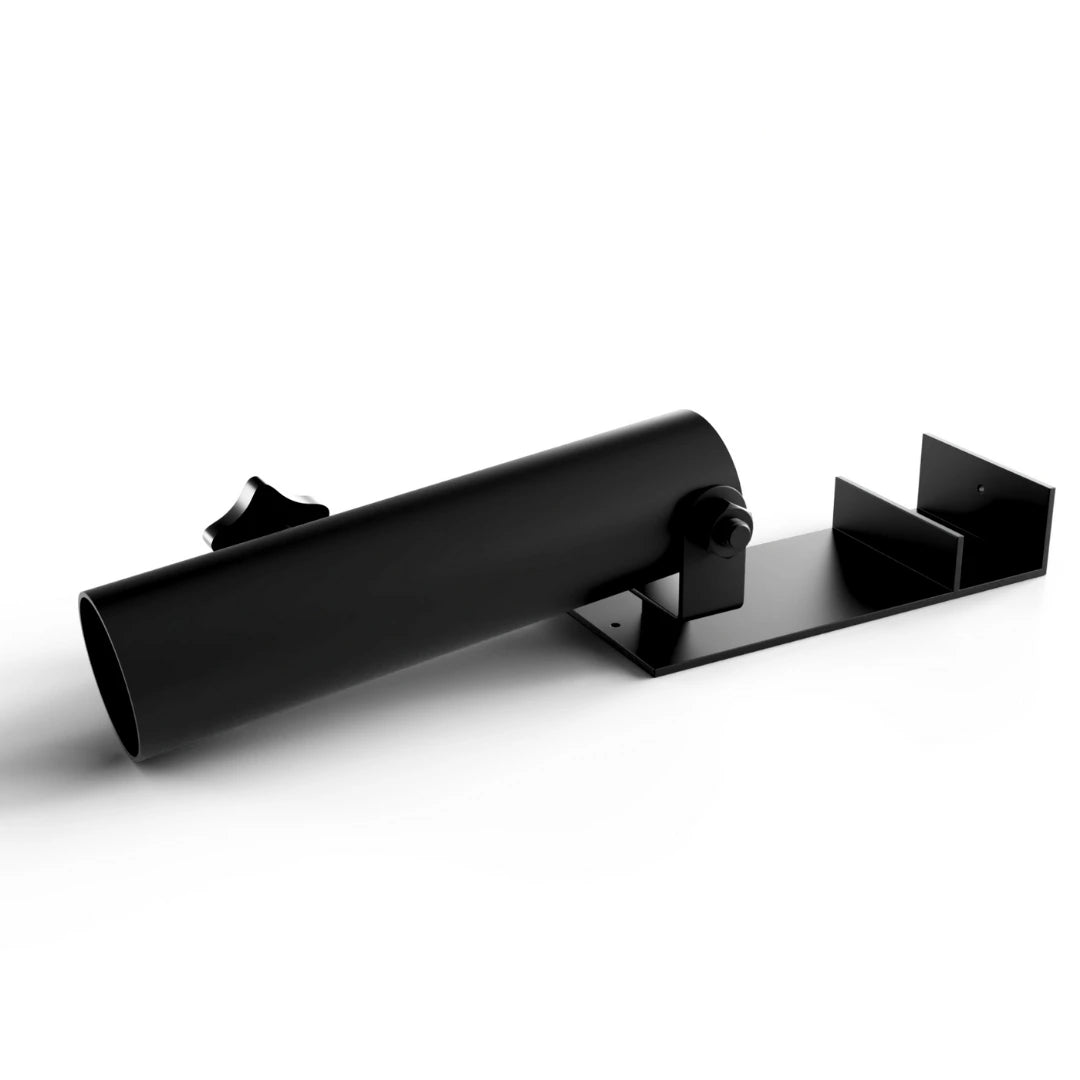
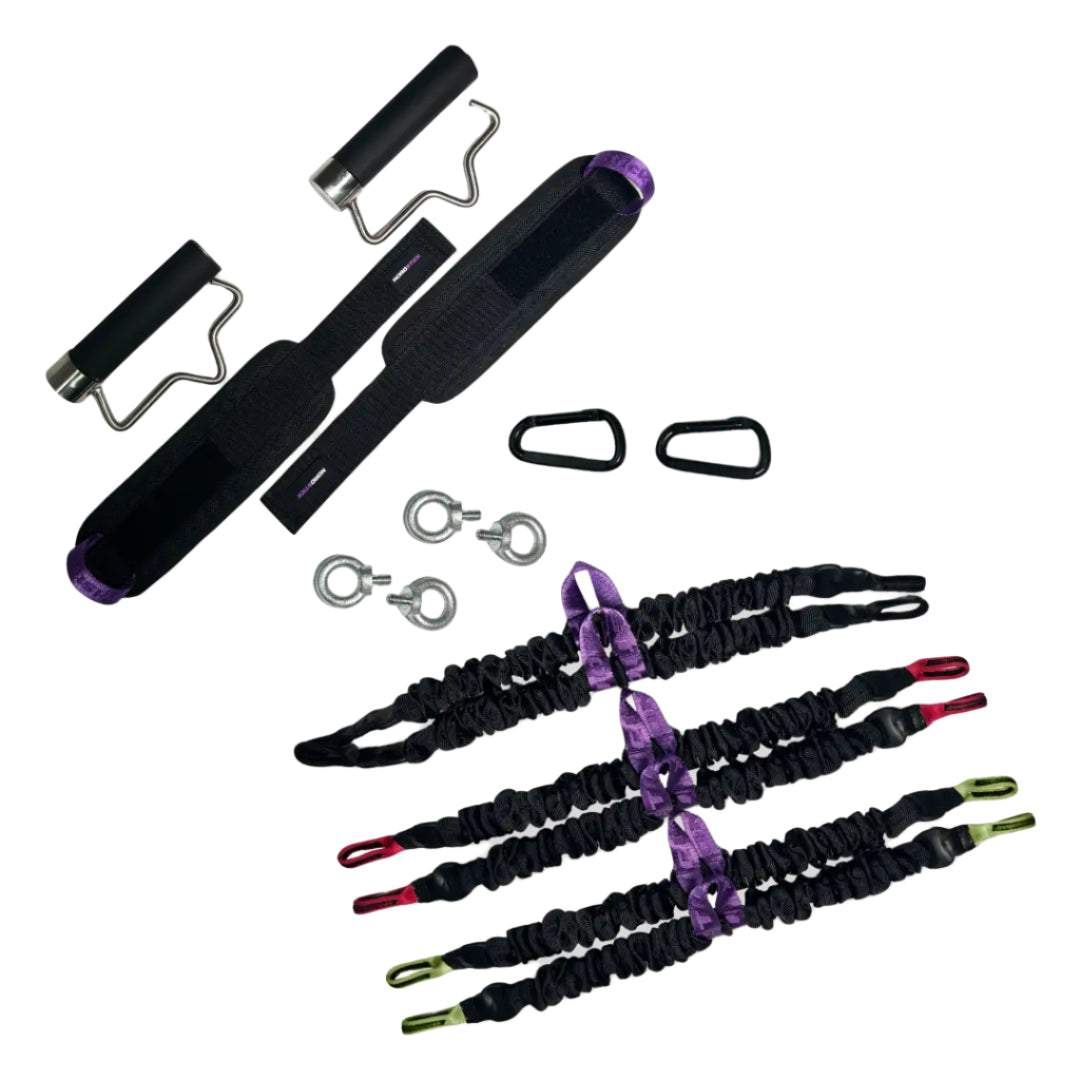
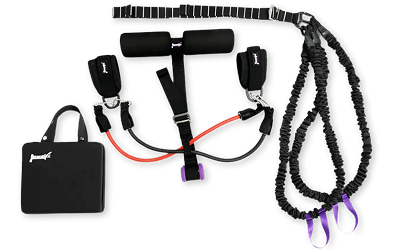
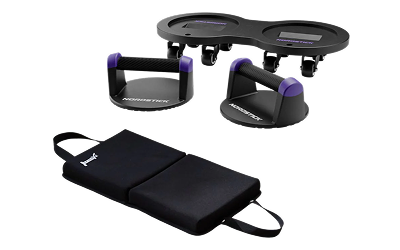
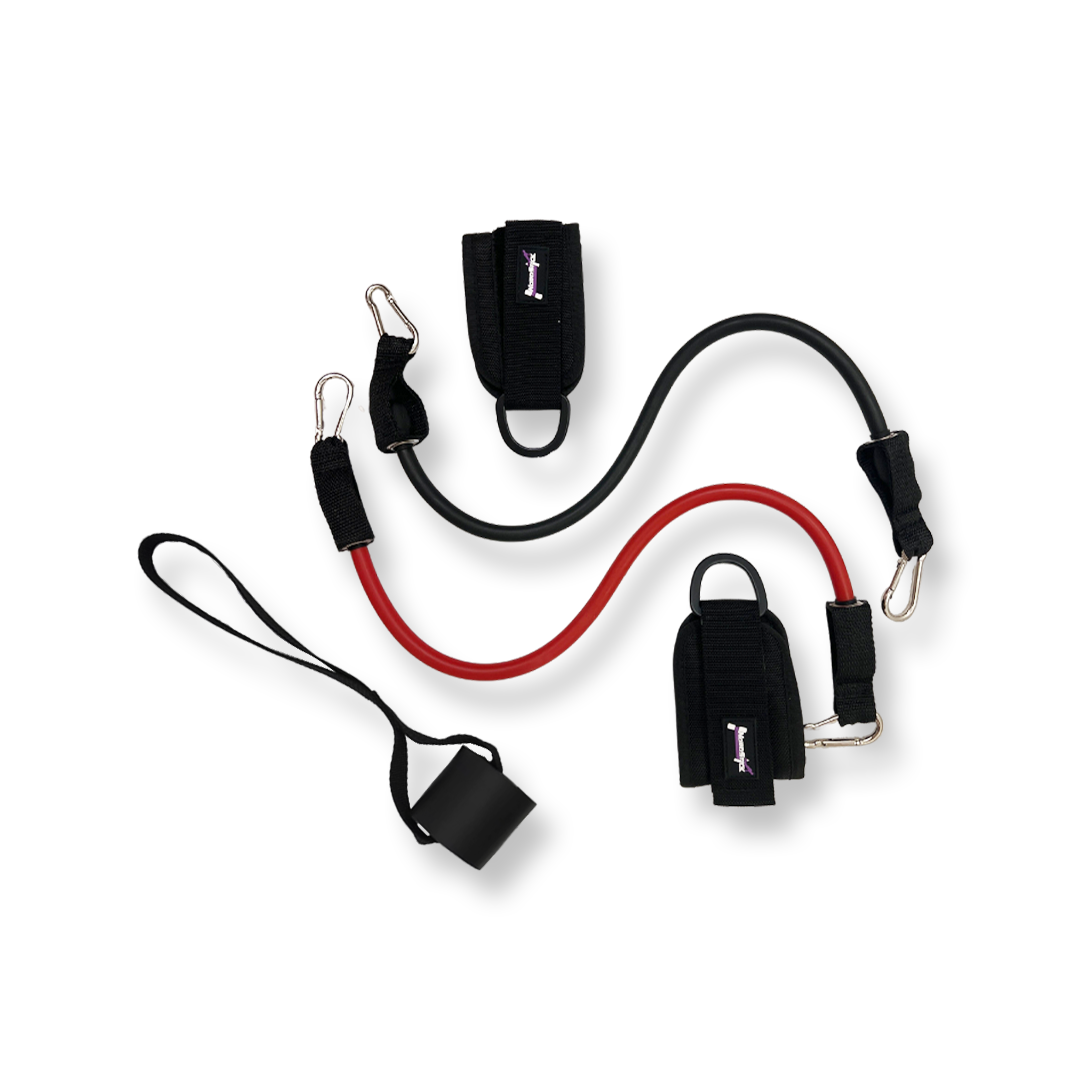
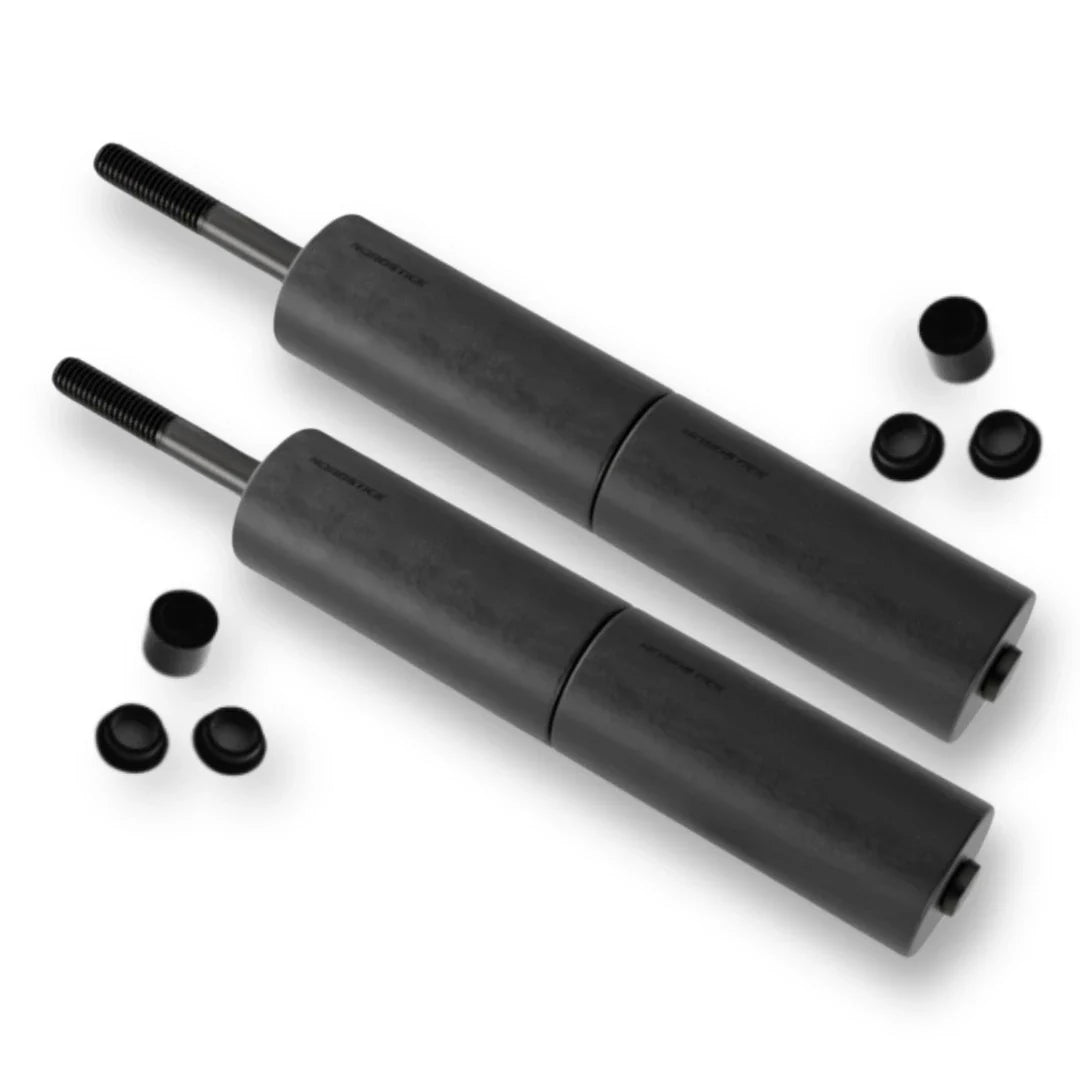
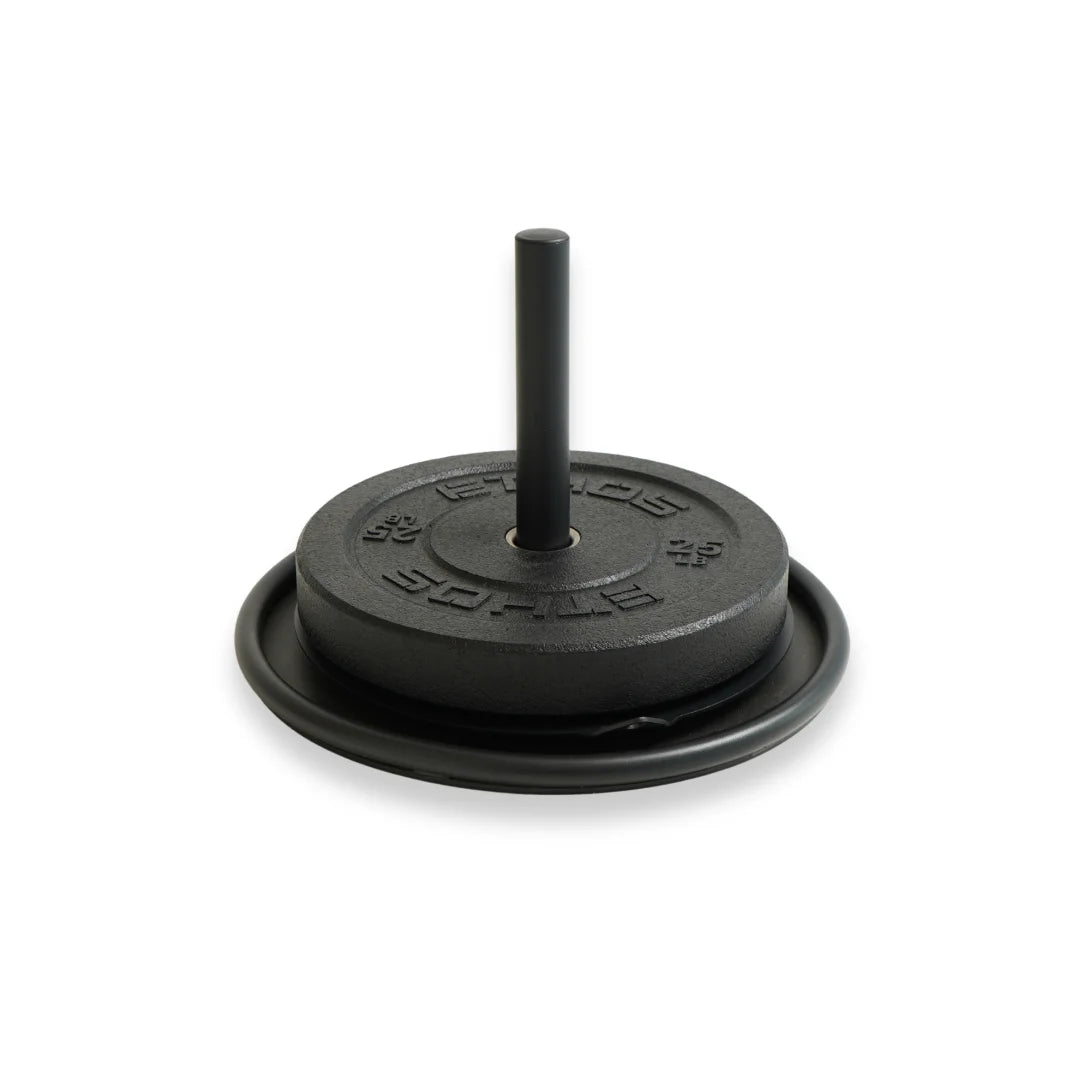
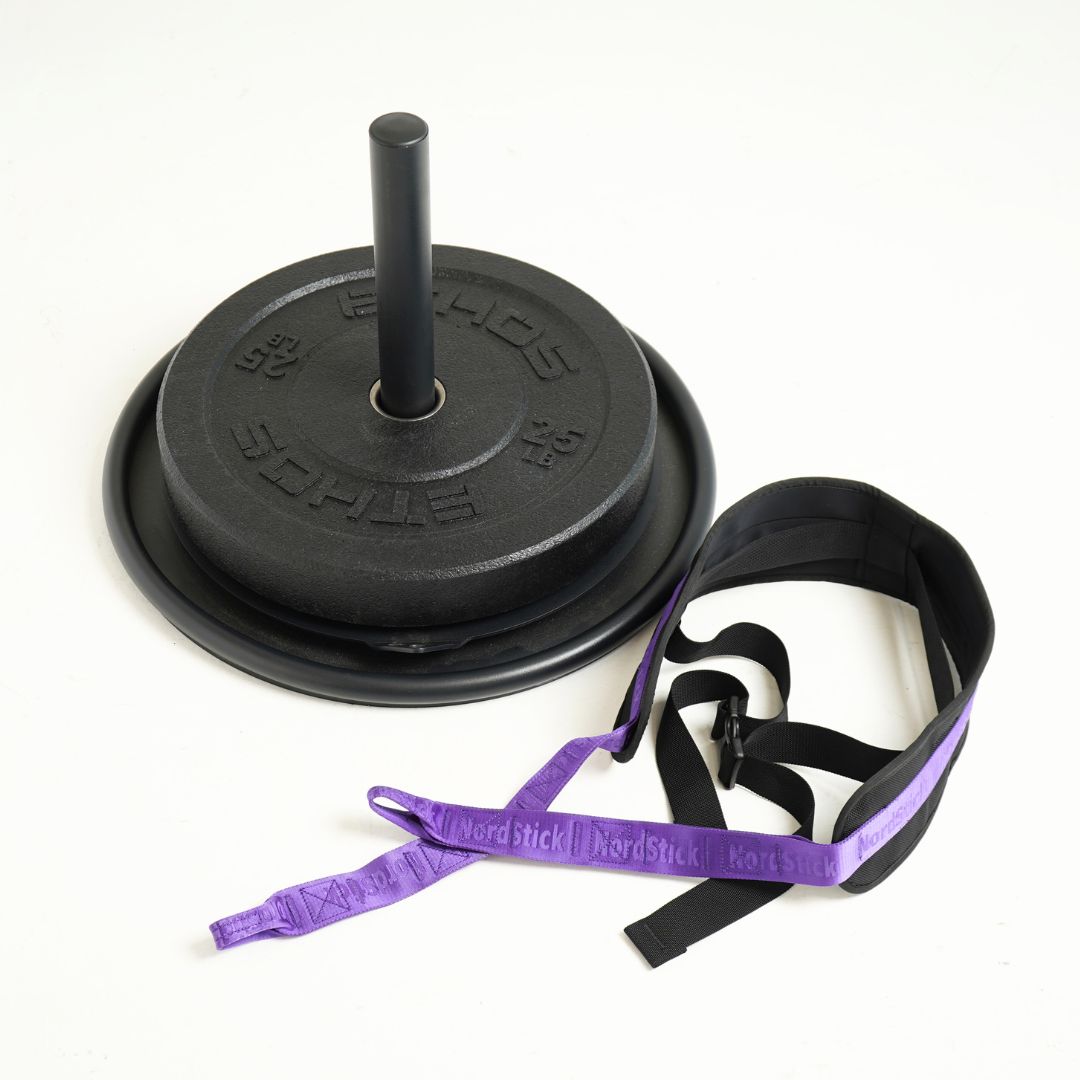
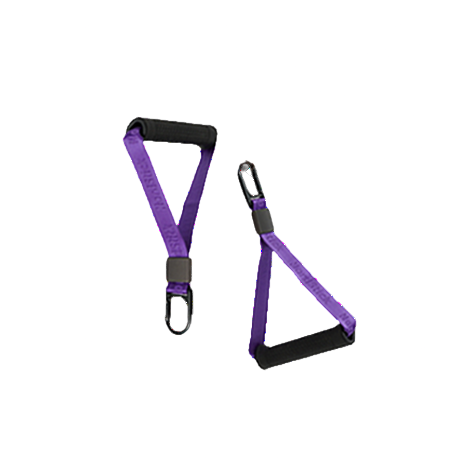
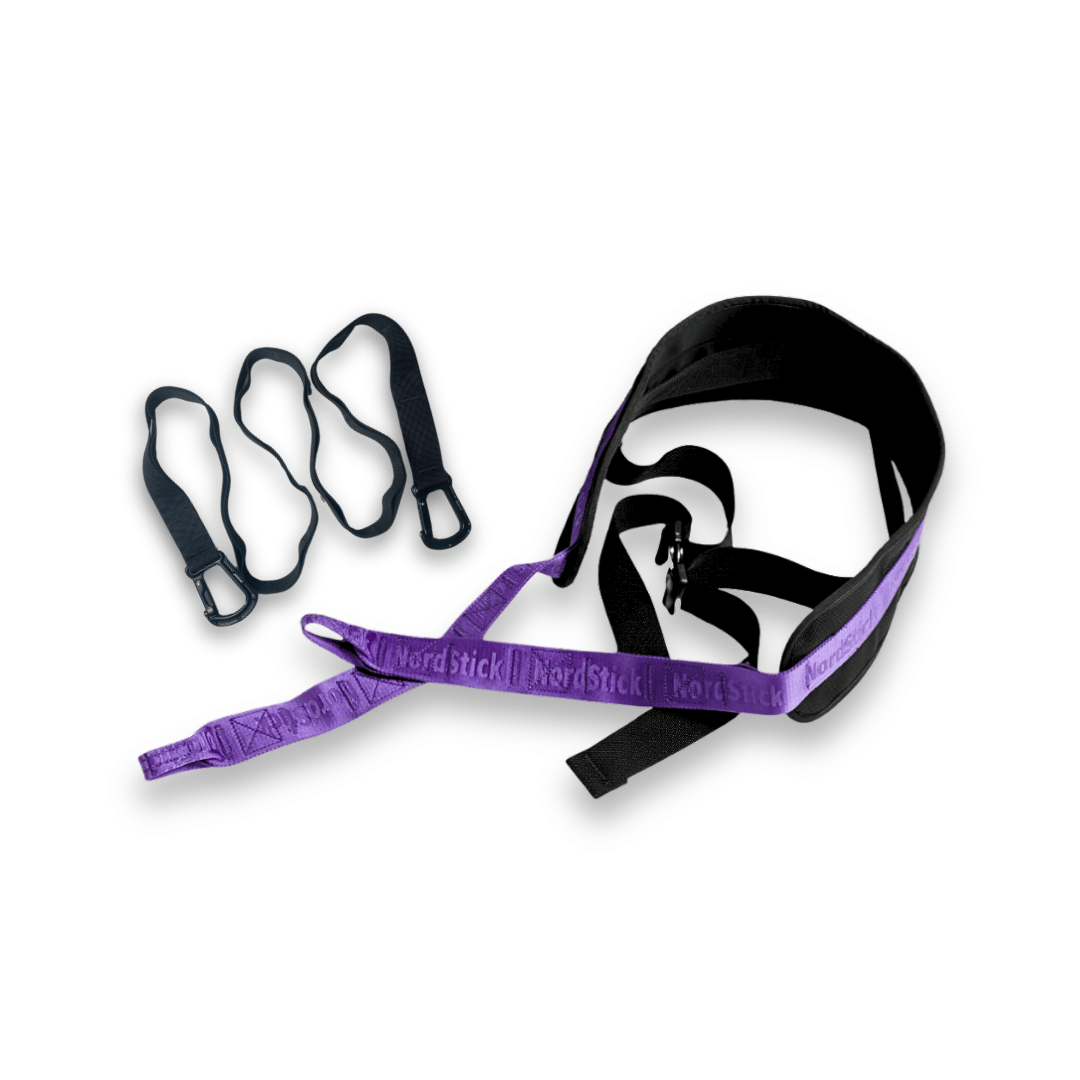
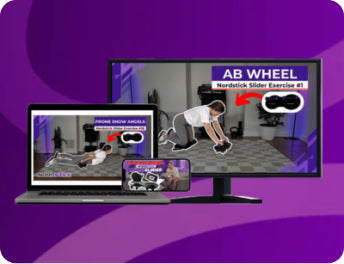

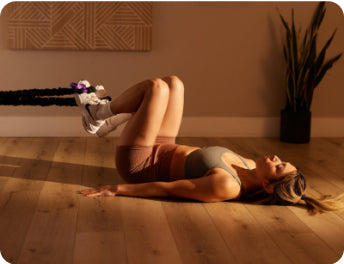
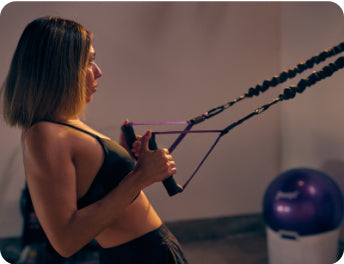


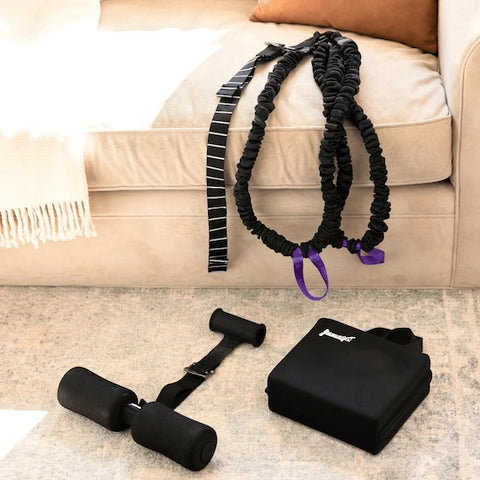

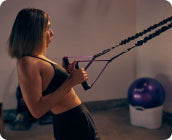
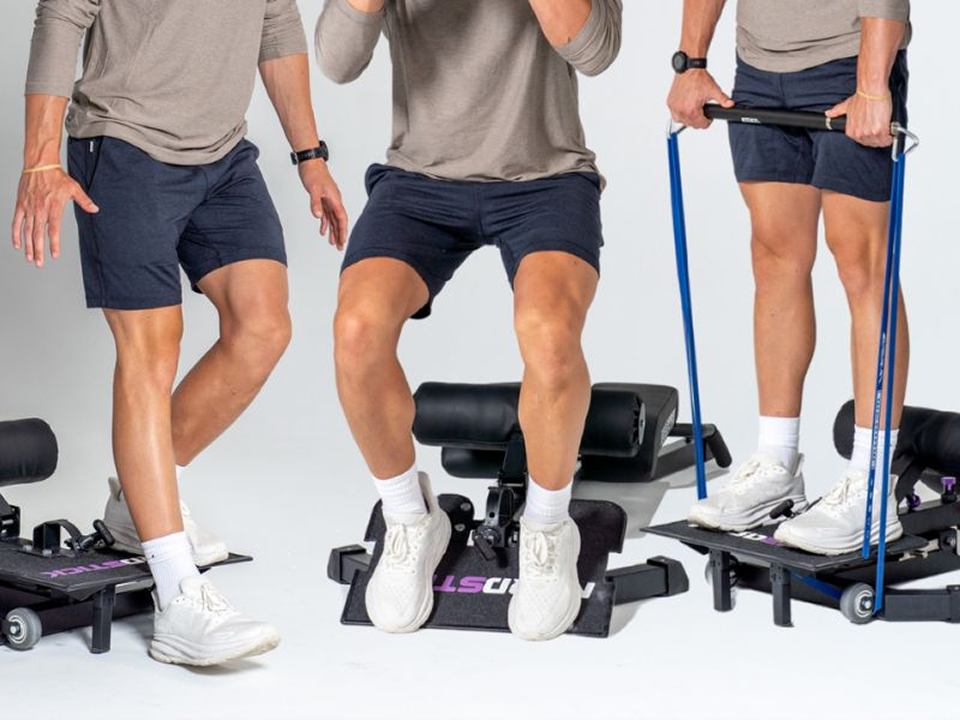
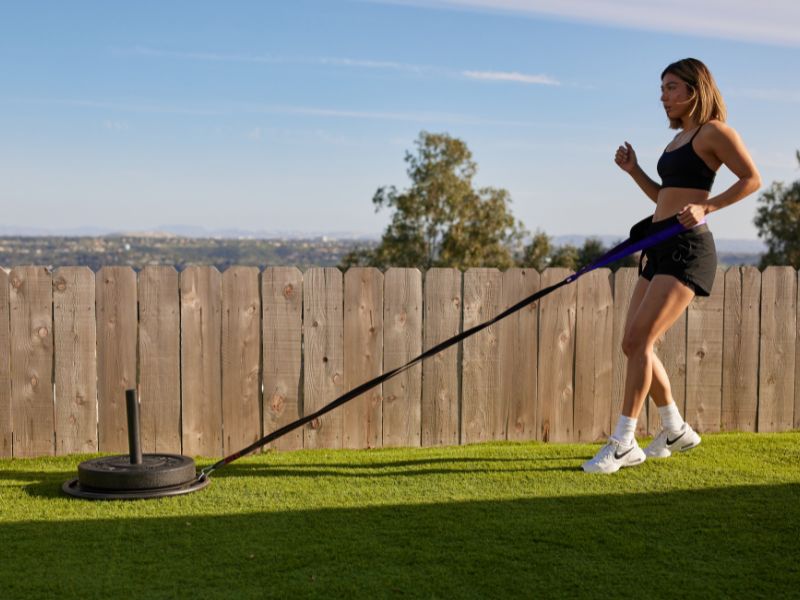
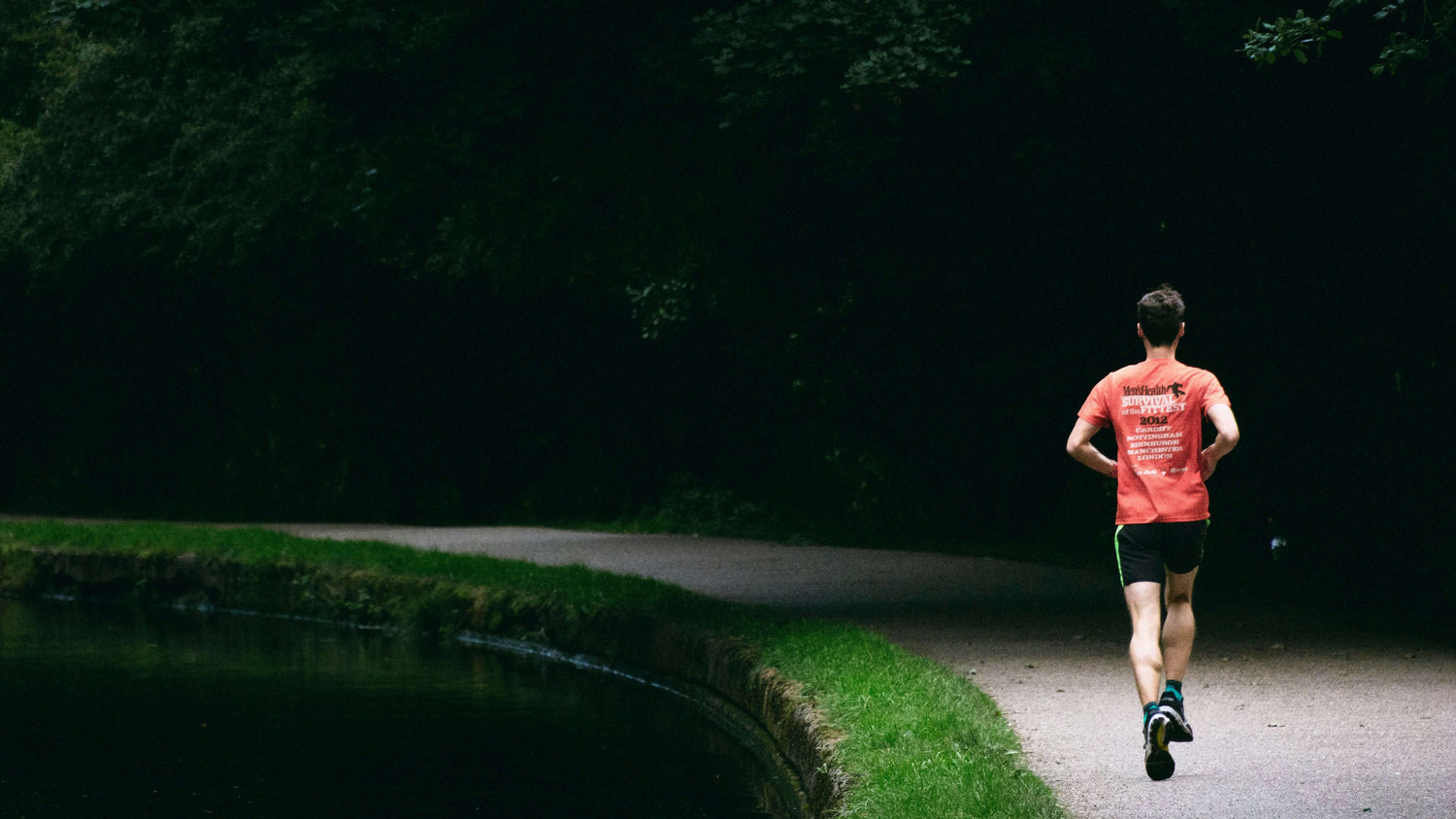
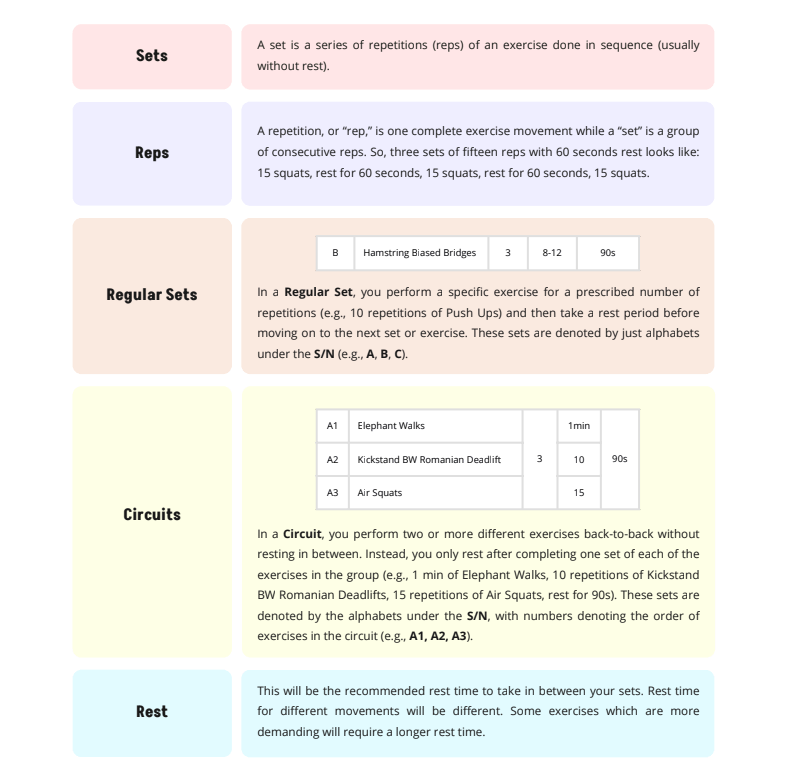
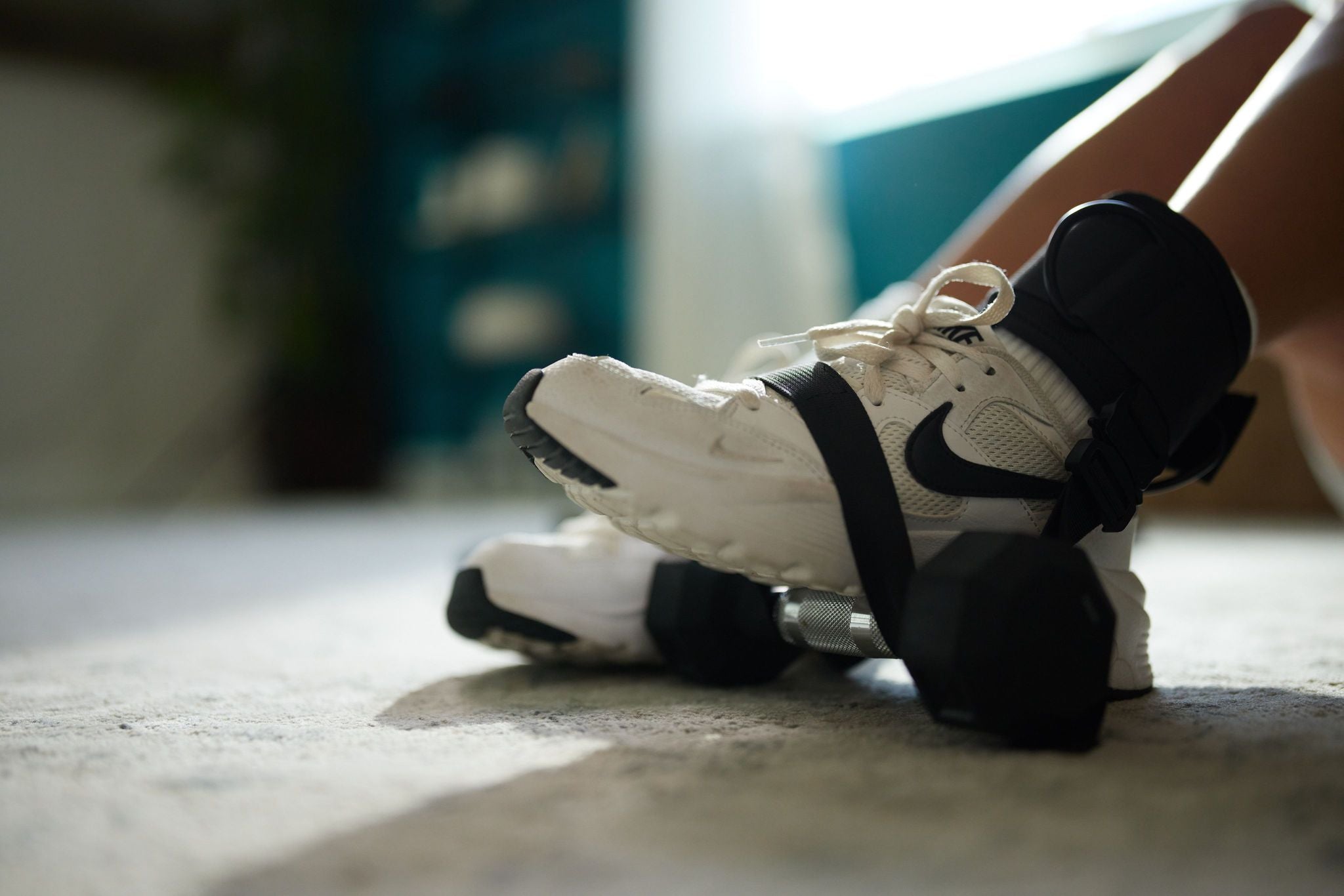
Leave a comment
This site is protected by hCaptcha and the hCaptcha Privacy Policy and Terms of Service apply.